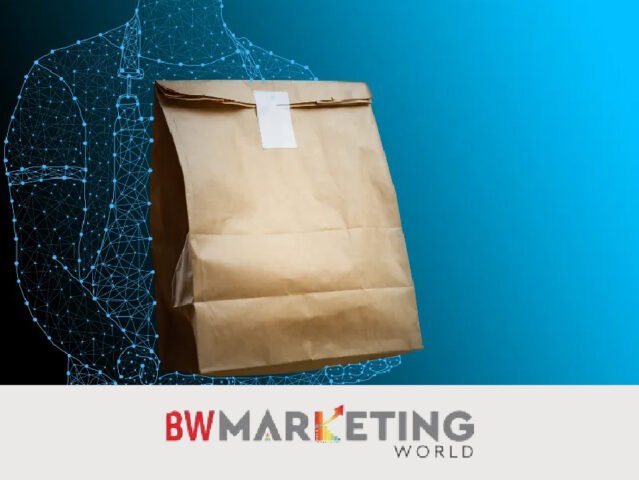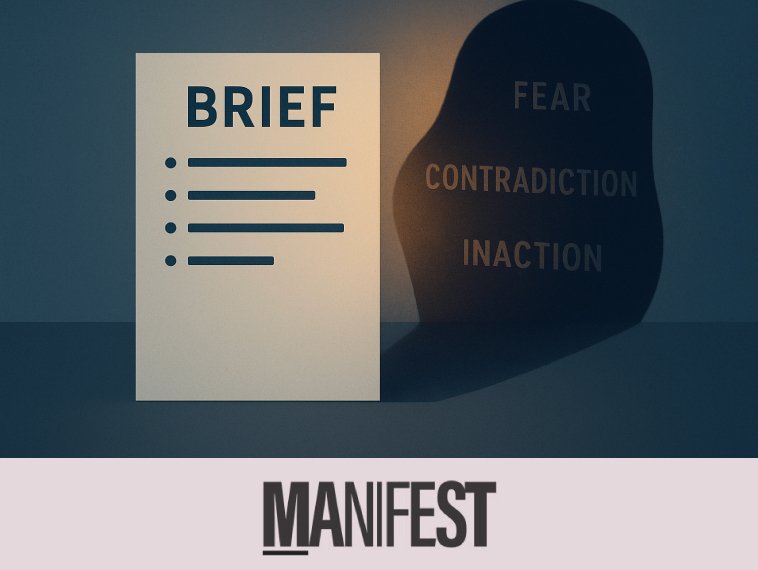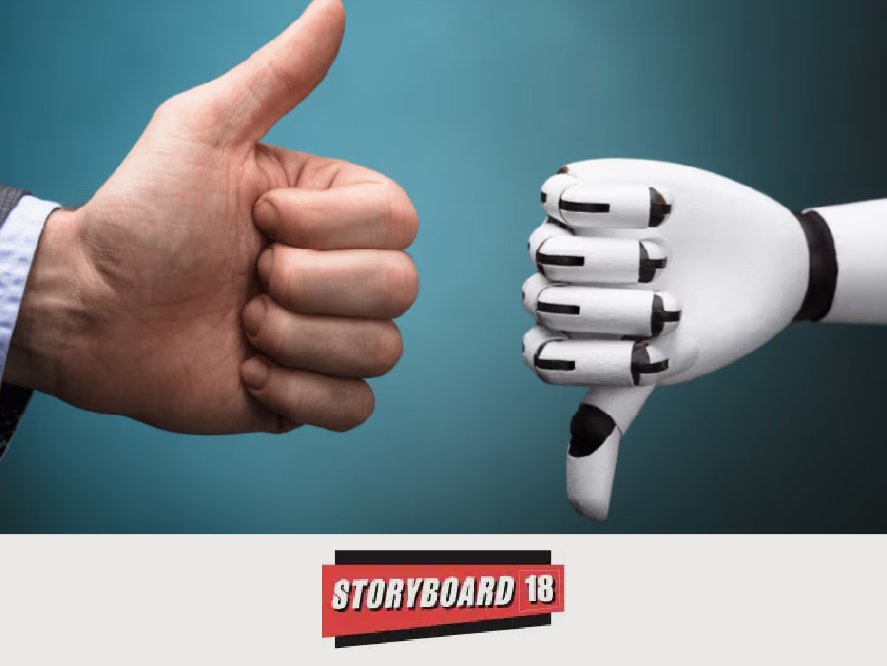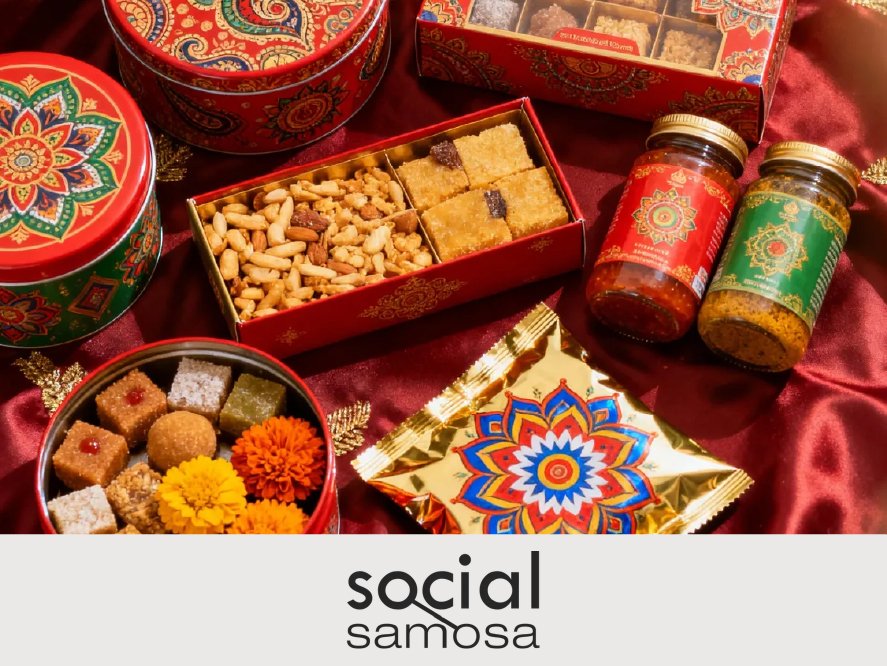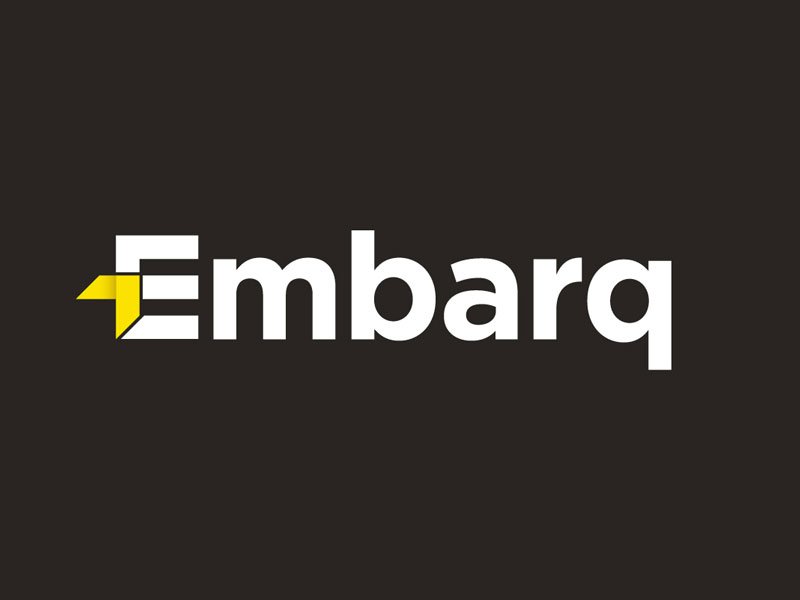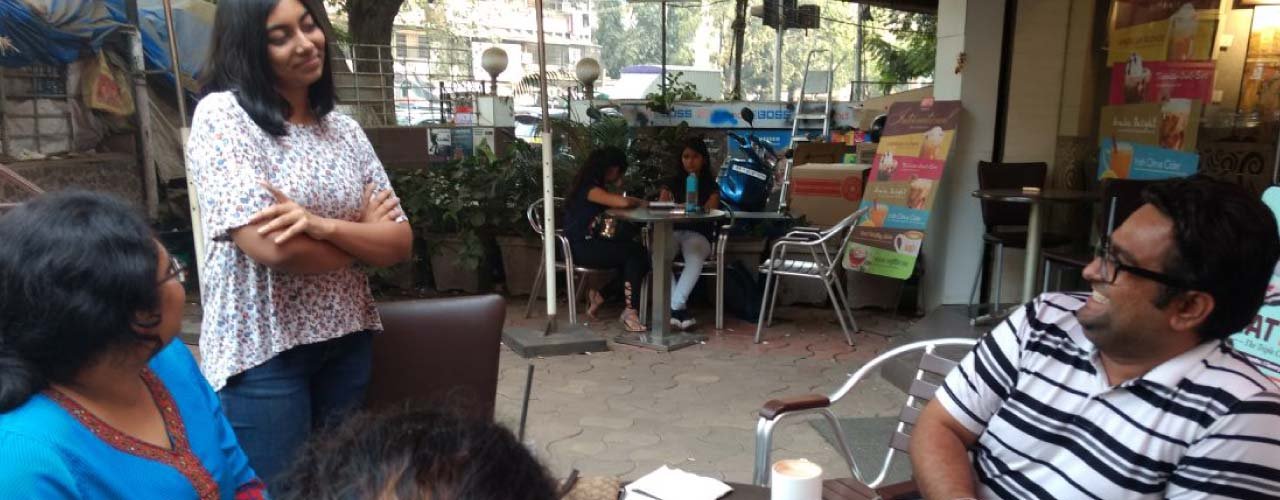Branding and packaging have always sat at the intersection of art and commerce. Strategy meets storytelling. Logic meets gut. But with AI entering the mix, we are now seeing a third element emerge – speed. Brutal, relentless, mind-bending speed.
Suddenly, a process that took weeks of brainstorming, testing, and mood boarding can be done in minutes, which sounds like a dream until you realise that faster doesn’t always mean better.
From AI-generated Logos To Identity Systems That Adapt In Real-time
Remember the time when clients would argue for hours over whether the logo should be a bit more ‘blue’? Now, with generative AI tools, you can create 200 logo explorations in the time it takes to finish your coffee.
The upside? Endless possibilities. You’re no longer limited by your design bandwidth or imagination. You can actually see what your wildest concepts might look like – fluid identities, kinetic logos, packaging that changes with seasons, moods, or markets.
The downside? The temptation to skip the hard part: the thinking.
Brand identity was never about making something pretty. It’s about clarity, distinction, and memorability. A strong brand doesn’t need 200 variations. It needs one idea that sticks. AI can give you quantity. You still need a human brain for quality.
Packaging Design That Talks, Learns, Evolves
Smart packaging isn’t new. But with AI, it’s getting smarter. Think about it: labels that adapt based on region or weather, QR codes that open personalised stories based on your browsing history, or even packaging that updates its design based on real-time sales data.
Yes, that’s already happening. Coca-Cola’s AI-driven “Creations” series lets algorithms decide new flavour drops and visual aesthetics based on cultural trends. It works. Because novelty sells, and AI is great at sniffing out what’s trending.
But here’s the kicker: if every brand starts using the same AI datasets to chase the same trends, you’re not standing out. You’re blending in.
That’s the real risk of AI in packaging: aesthetic sameness.
If your brand voice, packaging tone, or narrative is built on what’s trending right now, you’ve already lost. Branding is long-term memory. Not a social media trend.
Hyper-personalisation: Amazing In Theory, Annoying In Practice?
AI lets you create one-to-one packaging experiences. Imagine ordering a chocolate bar and getting it with your name, your mood, your Spotify playlist, and your cat’s birthday printed on it. Delightful, right?
Yes, once.
But when every brand starts talking to you like it’s your best friend, the charm wears off fast. It becomes noise. The packaging equivalent of those generic “Hey Kunal, we thought you’d love this!” emails.
True personalisation isn’t about using my name. It’s about understanding my values.
So instead of asking, ‘How can we personalise this box?’, maybe ask, ‘What kind of story will this person be proud to share when they hold this box in their hand?’
Strategy Still Eats AI For Breakfast
Here’s the thing. AI can give you data. But it can’t give you direction. It can replicate, remix, reimagine, but it can’t choose.
It can’t decide whether your brand should be minimal or loud, poetic or functional, nostalgic or futuristic. That’s a job for someone who understands humans, not just data points.
Because branding isn’t math. Its meaning.
I’ve seen this play out first-hand. Clients come to us with AI-generated brand names, packaging mock-ups, and even ad campaigns. Some of them are really good. But almost always, they’re missing one thing: intentionality.
Why this design? Why this story? Why does it matter?
AI gives you options. Strategy helps you choose what to ignore.
The Sweet Spot: Human-first, AI-enhanced
This isn’t a tech-vs-creativity showdown. It’s a collaboration. The best branding today comes from teams that use AI not as a shortcut, but as a sparring partner. Designers who use generative tools to break visual monotony. Writers who use ChatGPT for idea prompts, not finished copy. Strategists who feed real insight into AI models, instead of chasing shiny outputs.
And clients who understand that just because a design is fast, it doesn’t mean it’s right.
What this really means is that AI is making branding more human, not less.
By automating the repetitive stuff like mock-ups, resizing, and A/B testing, it’s freeing up space for what really matters: ideas, emotion, intuition, judgment. The stuff you can’t automate.
So Where Does It Go From Here?
In a few years, every brand will likely have its own AI assistant. Every packaging line will respond to customer feedback in real-time. Brand stories will write themselves, visuals will generate on demand, and your kid might launch a D2C brand using voice prompts and a weekend of curiosity.
But The Best Brands?
They’ll still be the ones with soul. The ones that understand context. The ones that resist the trend when needed. The ones built not just with AI, but with care.
Because no matter how smart the machine gets, branding is still a deeply human act.
It’s about knowing who you are, why you exist, and how you show up. That’s something no algorithm can answer for you.
Not yet, at least.
Originally Published : https://www.bwmarketingworld.com/article/ai-the-new-era-of-brand-packaging-design-573520
